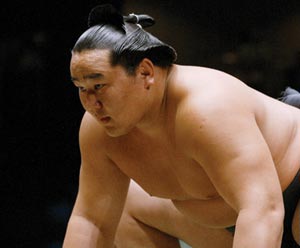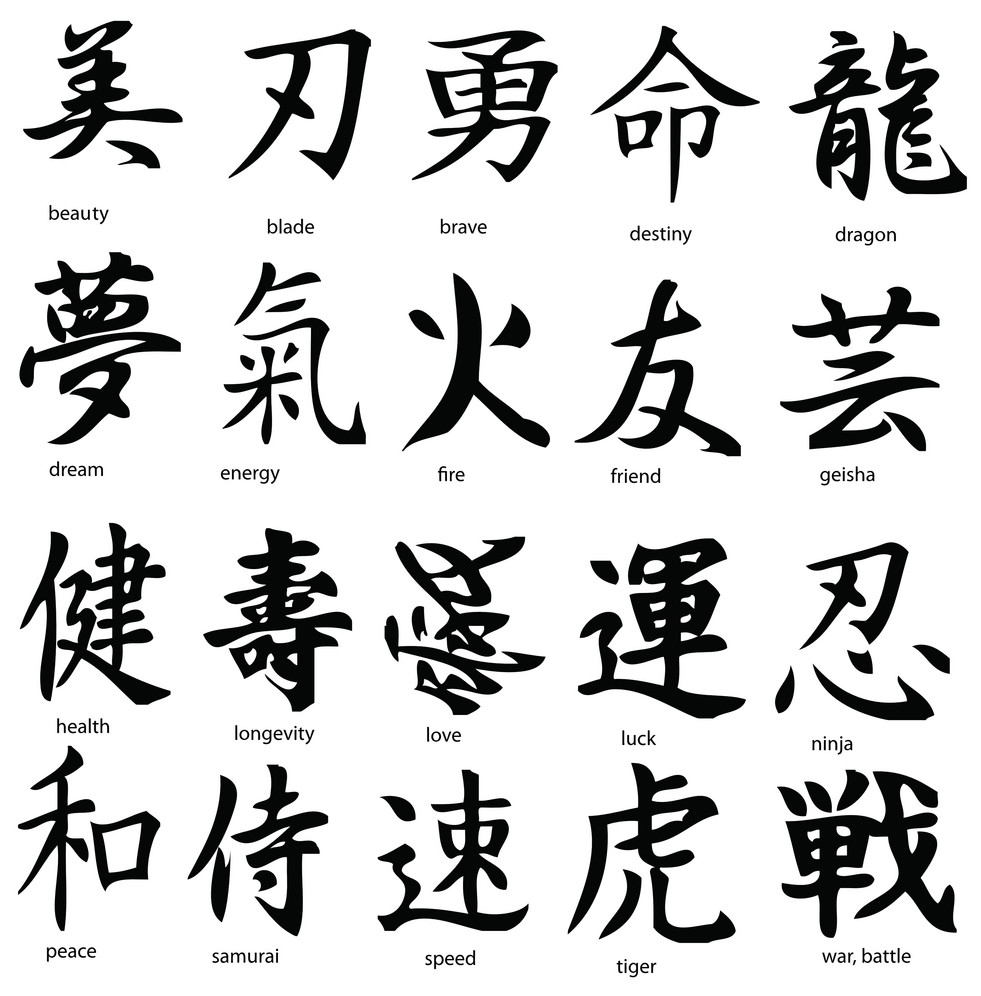Hanabi (花火), meaning “flower fire” or fireworks, are part of summer in Japan, and you can’t watch three hours of anime without an episode involving yukata-clad characters bent over a bucket of water (Japan is very safety-conscious when it comes to fire hazards) as they light fireworks together. Virtually every city, town or village sponsors a big annual fireworks festival sometime during the summer as a way to bring the community together, and to promote our fireworks show the city government distributes posters to local businesses. The other day we were eating at our favorite ramen restaurant and we noticed this year’s poster, which proclaimed the ISESAKI A FIREWORKS DISPLAY 2007. My son wondered what the “a” was doing there when the name of the event was just “Isesaki Fireworks Display,” but I knew immediately what had happened. The city office employees, ever fearful of making an error in English, decided to trust the dictionary’s translation of hanabi taikai as “a fireworks display” verbatim, and that’s what made it onto the poster. I wonder if this is the same reason that New Year’s cards always seem to say “a Happy Near Year!” in English? (Note, if you ever want to be cruel, ask Japanese people how many years of English they’ve studied.)

Sumo wrestling is quite famous as a symbol of Japan, although it’s been around since prehistoric times. The current top wrestler in Japan’s professional league is the celebrated Mongolian Asashoryu (ah-sa-SHO-ryu, “morning blue dragon”), a powerhouse who has won no less than 21 tournaments in his stellar career since attaining the rank of Yokozuna (Grand Champion) in 2003. Unfortunately, things just haven’t been going his way lately. First, he ducked out of the summer exhibition bouts in Northern Japan citing an injury but was mysteriously well enough to play in a soccer game with Hidetoshi Nakata for charity, which caused a big uproar in Japan when it was reported. Convinced that Asashoryu had over-stated his injury in order to take a vacation, the Sumo Association called him back to Japan to explain himself. In the end they banned him from playing in the next two sumo tournaments, a first for a Yokozuna, and docked his pay for four months (ouch). As the official national sport of Japan, sumo is taken very seriously, and sumo wrestlers are expected to have “the deepest commitment, the most serious mind…” . Asa has rubbed Sumo Association officials the wrong way in the past, daring to be seen in public in a Western suit instead of the traditional sumo garb, arguing with judges over their calls, and showing elation and frustration after bouts rather than appearing emotionless like the pillar of bushido that he’s supposed to be. He also once pulled the top-knot of an opponent a few years ago, which was quite the scandal. As a fellow foreigner I can really sympathize with the poor guy — it’s hard to be something you’re not, and seeing the way the press is ganging up on him makes me feel sorry for him. Hopefully he’ll be able to hansei (reflect) on things and be a better wrestler for it in the future. (I wish I could give him one of our Yokozuna T-shirts to make him feel better.)
When a gaijin goes to live in Japan, one of the first things he has to do is get a hanko (name stamp) made and get it registered with the city office. These name stamps are used in lieu of signing your name on documents, filling out forms at the bank, and signifying agreement to any kind of contract. A custom imported from China ages ago, name stamps are a big part of contemporary Japanese life, and even companies like Apple and J-List have them, being legal entities. For foreigners fascinated with Japanese characters, there are several ways to write your name. For example, you could choose the most orthodox route and write your name in katakana, the writing system specifically used for that purpose. If this is too boring, you can find kanji that can be read like your name. For my own last name, I might choose the “peh” sound from Peking (北京) since there’s no official way to write that sound in Japanese, and the “in” character from Byodoin (平等院), my favorite Buddhist temple in the Kyoto area. Or I could pick a kanji that meant roughly what my name means and “force” a reading onto it, which is called ateji. Since last name comes from the French “pan,” something similar to the English last name Baker, I could dig up an archaic kanji for “bread” and declare that this kanji is now pronounced “Payne.” No one would be able to read it, but it’d be my kanji nevertheless. Incidentally, J-List has started a great custom name stamp service, allowing up to get the kanji you’d like on one of three cool Japanese stamps. They’re fully registrable as legal hanko stamps, too — order your kanji name stamp now!



Announcing the start of 2008 Calendar Season! Every year about this time, J-List starts taking preorders for the outstanding calendars from Japan, which are printed exclusively for the Japanese market. The calendars we sell every year come in two volleys: first, we post dozens of amazing calendars that capture the natural beauty of Japan; the delicate imagery of a tea garden; the aesthetic beauty of Japanese sushi or bento; kanji calendars for students; lovely idols in kimono and more. Most of the JPOP and anime calendars will be posted in a couple weeks. Browse the amazing 2008 calendars we’ve got on the site for you now and get your preorders in!















